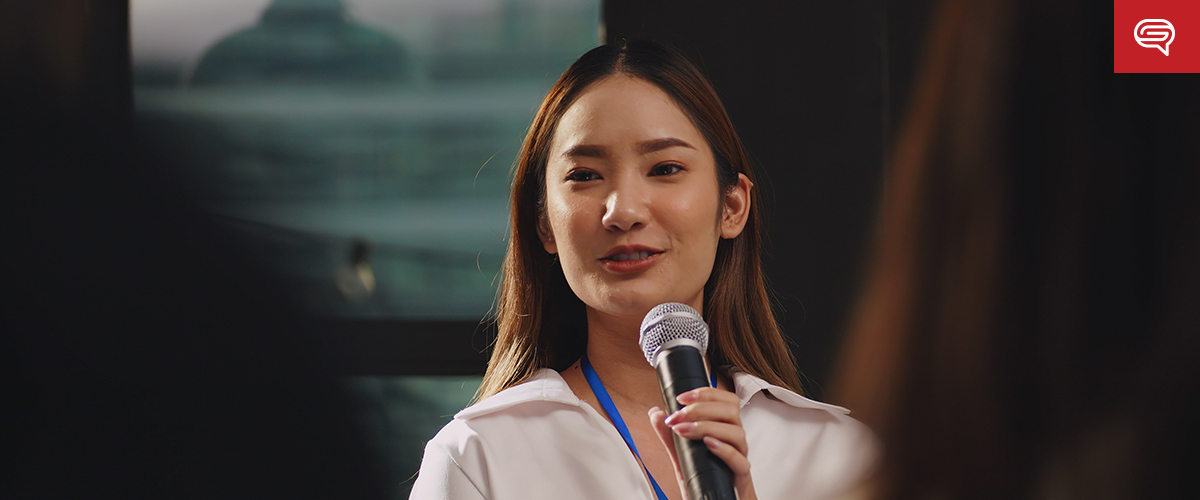
Teaser presentations act as a startup’s first move in capturing investor interest. Instead of laying everything out at once, they create intrigue by offering just enough information to spark curiosity. Unlike full pitch decks, these presentations are designed to provoke questions rather than answer them outright.
Investors sift through dozens of opportunities daily. If a startup fails to grab attention quickly, they risk being forgotten. A teaser presentation ensures that doesn’t happen. It delivers a compelling reason to engage while keeping investors wanting more.
Need a Presentation Designed?
Click Here To View Our Amazing Portfolio
The Teaser Mindset: Less Clutter, More Intrigue
A strong teaser deck isn’t about cramming data onto slides; it’s about structuring information in a way that triggers interest.
Startups that master this approach understand that:
- Too much information too soon kills momentum — Investors should feel the need to reach out, not feel like they already have all the answers.
- Strategic gaps create dialogue — Leaving certain aspects open-ended encourages investors to ask about them.
- Every slide should earn its place — If it doesn’t directly contribute to intrigue or credibility, it doesn’t belong in a teaser.
Treat the teaser as the beginning of a conversation rather than a standalone presentation to ensure your startup gets past the initial screening process.
Designing a Teaser That Works
Visuals play a defining role in a teaser presentation. The goal is to make a lasting impression in seconds. A poorly designed deck signals disorganization, while a sharp, refined design suggests confidence and preparedness.
What works:
- One big idea per slide — Avoid cramming multiple concepts together. Clarity wins.
- Compelling data, not excessive numbers — A single, powerful metric is more persuasive than a wall of figures.
- Contrast and hierarchy — Investors should immediately know where to focus. A well-structured slide guides their attention.
- A narrative flow — Even in a short deck, the sequence matters. Each slide should build anticipation.
A teaser’s design isn’t just aesthetic—it’s functional. It dictates how the message is received and whether investors see the startup as credible or forgettable.
Leaving the Right Gaps
Investors expect teaser decks to have missing pieces. The key is deciding which gaps to leave open.
If too much is withheld, investors may lose interest. If too much is revealed, they may not feel the urgency to follow up.
The balance lies in:
- Showcasing the problem but not detailing every solution.
- Presenting market potential without a full roadmap.
- Highlighting momentum without exhaustive financials.
A well-placed gap forces investors to ask, “What comes next?”—and that’s exactly the response a teaser presentation should generate.
Need a Presentation Designed?
Click Here To View Our Amazing Portfolio
The Investor’s Next Step
A teaser’s job isn’t to secure funding immediately; it’s to secure the next conversation. If investors reach out for more, the teaser has done its work. The transition from teaser to full pitch is where deeper engagement happens, where financials are dissected, and where investor interest turns into a real opportunity.
Startups that understand how to use teaser presentations effectively don’t just inform—they create momentum. And in the world of fundraising, momentum is everything.





